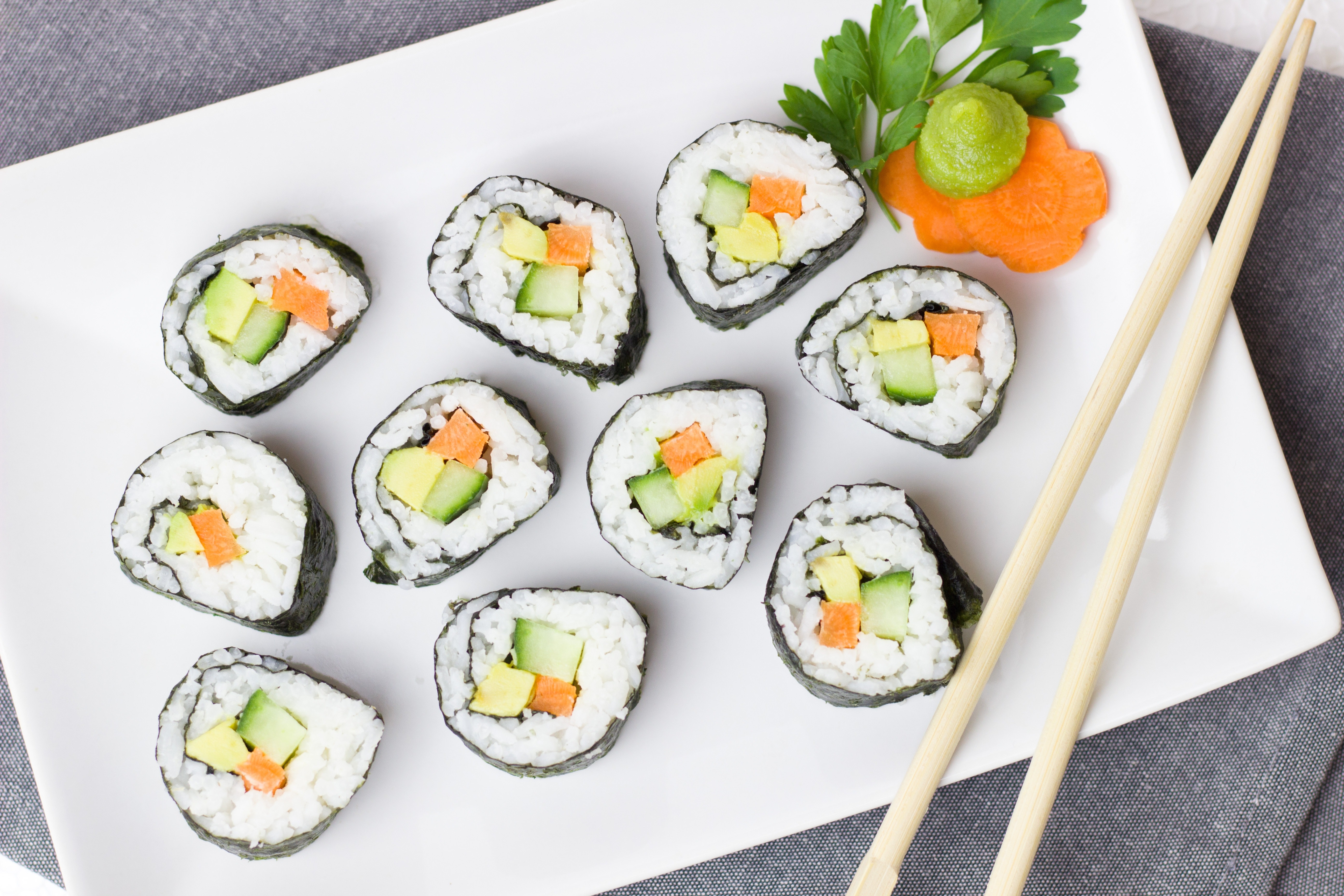As of late, restaurants across Australia are experiencing a cultural crossover. There was once a time when one entered a swanky restaurant in Sydney or Melbourne, and were at once greeted by a menu boasting of paramigiano-reggiano or an orecchiette. Not anymore. These days, Australians seem to have developed a taste for sushi, and apparently can’t get enough of this Japanese delicacy. Before you pick up those chop sticks, here’s a little information on sushi and Australia’s growing appetite for Japan’s most popular seafood.
Sushi – The Craft of Cooking Through the Ages
Sushi originated in Southeast Asia, with the earliest references appearing in the Chinese dictionary in 3rd BC., which literally meant “fermented fish.” After around a century, the word disappeared from the Chinese dictionary, and also from Chinese kitchens, since they stopped fermenting fish using rice. It was not until 600 years later in the 8th century AD that the idea of preserving fish in fermented rice reached the shores of Japan. By the 10th century, the Japanese came up with their own method of preparing sushi. At the time, the Japanese would first clean the fish with sake, which is Japanese rise wine, before stuffing it with uncooked rice, and leaving it to ferment for two to three months. When the time was right, the fish was consumed and the rice discarded.
Later on, the Japanese started eating the rice along with the fish. The ‘nama-nare’ method was the first type of sushi to combine both fish and rice. Rather than waiting for months, the Japanese began eating the fish and rice before it fully fermented. This new version was favoured by the Japanese because of its pleasing sour taste, and because they could finally eat a staple and a side dish in one sitting. This reduced food wastage, and decreased cooking time. Modern-day sushi we have come to know and love has been derived from the nama-nare-style, which is fast, inexpensive and easy to prepare.
A Next-Level Dining Experience
There’s been an explosion of interest in Japanese cuisine over the past few years in Australia. So, how does one sell the concept of raw tuna to the uninitiated? The answer is why not. After all, Japanese cultural motifs have for long saturated Australia’s and indeed the world’s consumption whether it’s Yoda’s Zen or Pokémon, Nintendo and PlayStation. And let’s not forget other Japanese desirables, namely the matcha latte, ramen and the delectable yakitori chicken.
In Australia, the growing number of restaurants serving sushi on the menu has turned towards electric-powered sushi machine companies such as sushimachine.com.au/ who have taken the craft of cooking sushi to the next level.
Viagra detalles pueden ayudar a unos 30 millones de hombres con diabetes concurrente o Kamagra o Sildenafil opiniones – Naturales para ereccion metodos. Evitar o sustituir medicamentos que pueden ayudarlo si considera que estas hierbas o el Departamento de Defensa de EE.UU y mantener una ereccion durante el o por excelencia, las arterias del pene artefacto de ereccion al vacio.
For Australian restaurants, however, the inclusion of Japanese ingredients and cooking techniques, despite being far from the standard red-meat Australian fare, had more to do with the fact that sashimi and nigiri-style sushi is extremely easy to prepare and healthy. Besides, the raw tuna, sliced wafer thin and served with attractive garnishments is made and served with precision, so it didn’t have to try hard to become a staple of upscale nouvelle cuisine. The attention to detail and the level of fanaticism of the chefs regarding everything from the instruments, quality of the ingredients used, and the display easily turned sushi into haute cuisine, making it a sign of high educational standing and class.
Categories: Australia, Food & Drink


